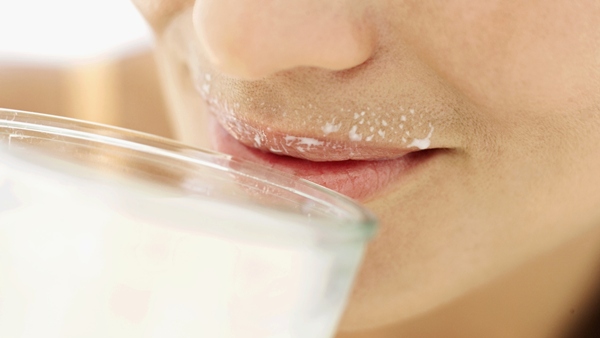
Drinking milk has been the gold standard in nutritional recommendations. Cow’s milk is high in calcium and it has always been thought that drinking milk during the childhood and teenage years could improve bone mineral density to the extent that fractures in later years could be prevented.
Does drinking milk decrease the risk of fractures later in life? New research published in the Journal of the American Medical Association Pediatrics sheds some new light upon this topic. The study evaluated the fracture rates and milk consumption (in teenage years) of 96,000 participants over the age of 22. During the follow up period, there were a total of 1,126 hip fractures in women and 490 in males, the majority of fractures occurring from falls.
Contrary to popular wisdom, there was no association between milk consumption during the teenage years and the prevention of hip fractures later in life.
“We questioned the belief that drinking more milk in earlier life would help to avoid these fractures in older adults,” said lead author of the study Diane Feskanich. “It does make you stop and ponder and want to see better evidence for our dietary recommendations.”
Well, dietary guidelines also need to consider the role vitamin D, vitamin K, and adequate protein has upon peak bone mass. The recommended amount of calcium for people between the ages of 9-18 is 1,300 mg. Although fortified milk is also a good source of vitamin D, there are other issues here to consider.
I am of the opinion that you don’t have to consume dairy products to avoid osteoporosis, as there are many other populations of people who do not consume dairy products and have very low fracture rates.
Many people believe that to prevent falls in older folks and encourage the development of peak bone mass before the age of 30 means you must be drinking milk–but neither of these issues has anything to do with milk consumption.
Oh, you should also be aware of the sad fact that outside interests such as the milk and dairy lobby have a great deal of influence upon government policy and recommendations regarding nutritional guidelines. This is the case in the U.S. and Canada.
Physical exercise including weight training, balance work, core stabilization, and cardiovascular exercise are the best tools to ensure peak bone mass in an adult and prevent falls in the elderly.
Milk consumption has very little to do with this. Weight-bearing exercises have direct impact upon new bone deposition and subsequent mineralization. Nutritional considerations are important but they affect bone growth in a completely different manner.
If you want to prevent fractures in folks over 65, their level and type of physical activity, past and present, is what’s going to help—not the amount of milk they drank when they were teens!
Source:
“Drinking milk in teen years questioned for bone benefits,” CBC News web site, November 18, 2013;http://www.cbc.ca/news/health/drinking-milk-in-teens-years-questioned-for-bone-benefits-1.2431015,last accessed Nov.19, 2013.













